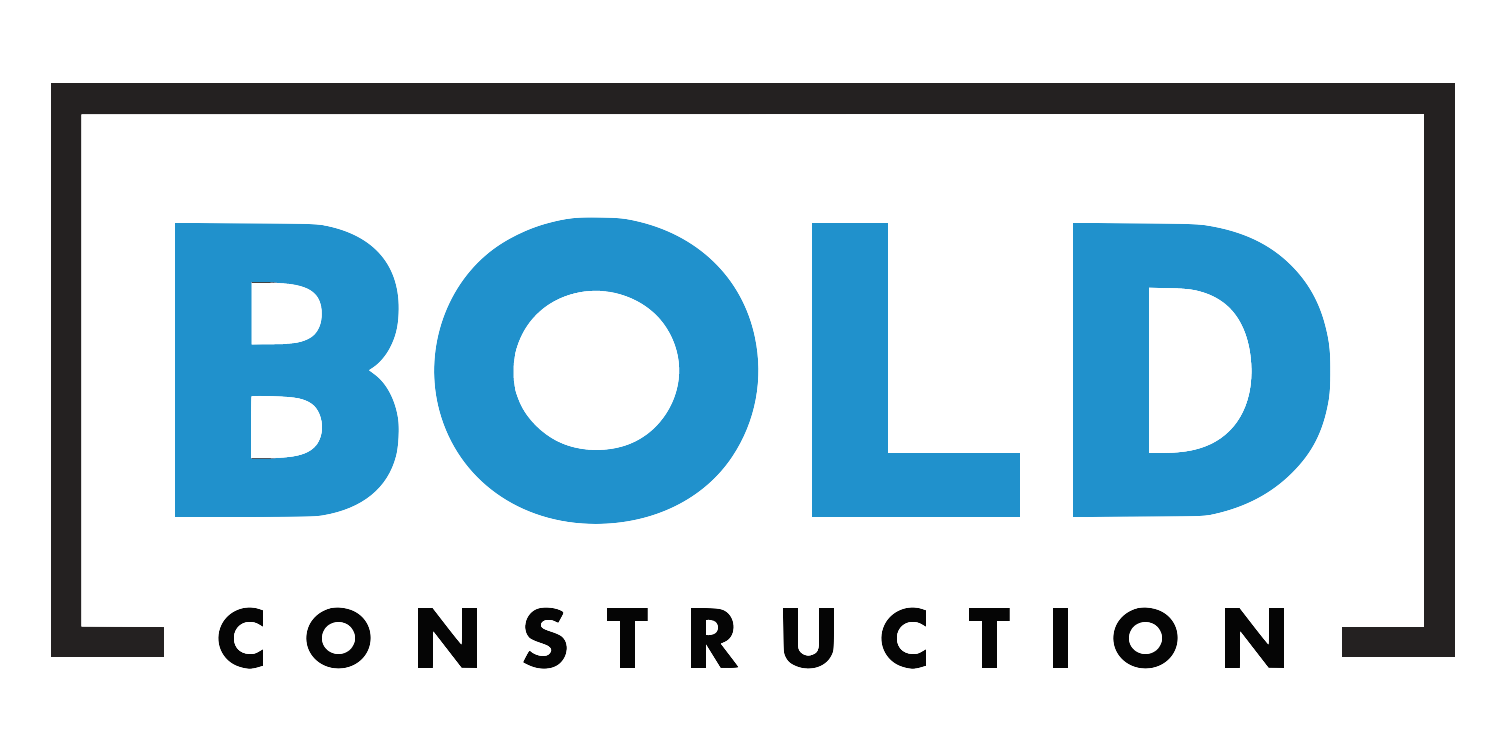In 2023, we would like to reflect on what took place in our industry as we move into a post-covid era. The pandemic was very challenging for BOLD as a fixed priced builder. We faced hurdles and challenges while navigating the unprecedented times of the Covid-19 pandemic and the government/societal response. The impact of Covid has been profound, particularly in the building industry, and I would like to offer a transparent explanation of the difficulties we encountered.
In March of 2020, we were forced to shut down our offices due to the necessary safety measures and the unknowns of that time. There were times where we feared we would have to halt construction, which would have forced us to lay off our entire team. For a small business owner, this was a very scary time.
In the months that followed, we witnessed a significant increase in demand for our services, while worldwide supplies experienced a dramatic decrease. These circumstances had unforeseen implications on building projects, which we had never encountered in our 25 years of business.
Increased Building Costs
One of the most significant challenges we faced was the increase in building costs. To illustrate this, here is a a graph depicting the rise in building costs during the specified time frame.
(This is a relative index of setting a baseline of 100 being 2005 building costs; not a price per square foot)
As you can see, from October of 2020 to October of 2022, construction costs increased from an index value of 141.8 to 191.7, a 35% percent increase in 2 years. Everyone has felt inflation in our everyday purchases, which was historically high, yet construction inflation was more than twice what it was in the rest of the economy!
As a fixed price builder, this presented a major challenge for BOLD. We were committed to honoring our contracts and building homes for the contracted prices. Despite the financial strain, we upheld our commitment to all our clients and honored all of our contracts. This commitment to integrity is a cornerstone of our company.



Market Values
During this time, real estate values outpaced construction inflation, which means our clients saw their home values increase dramatically during the last few years. We are extremely happy for your equity in your home to grow.
For homes under construction during these massive inflationary times, much of this equity growth for our clients was at our expense as we honored our fixed price contracts. Unfortunately, our subs and suppliers could not, and did not honor prices that we used when we estimated and contracted these homes. This was a very financially challenging two years for our business model.
Supply Chain Implications
In addition to the cost implications, the timelines for our projects were severely affected. Delays became a common occurrence as supply chains were disrupted worldwide. Just as you experienced delays with the furniture you ordered, we encountered similar issues with nearly every component required for our homes. We even experienced these delays when we needed a new vehicle. We normally would buy one off the lot. Instead, we had to order it. When we ordered it, they said it would be here in 6-8 weeks. The vehicle came in 13 months later!
Prior to the pandemic, our average build time, from building permit to Certificate of Occupancy, was 9-11 months. However, in 2021 and 2022, our average build time increased to 15+ months. We saw a massive increase in lead times on nearly every product.
Here are three examples of product lead times include:
- Marvin Windows and exterior doors went from 8 days to 32 weeks
- Thermador Appliances, went from 4 weeks to 60 weeks
- Cabinets went from 4 week lead time to 24 weeks
While these are just a few examples, the supply chain impacted us even down to the simplest piece of commodity, lumber. There were times when subflooring, I-joists and roof sheathing were on allocation at the distributor level, which means we were only able to secure the same amount we purchased the year before. This meant we were only able to order one lumber package per month.
A home literally has thousands of components in it. So each delay, whether it be a day, a week or months, had serious consequences to the aggregate delay.
We have a 20+ year track record of delivering homes on time. Unfortunately, we were not able to keep this track record recently. We are getting back on track now.
Labor Constraints
Another significant factor that impacted our projects was the overwhelmed labor supply. The strain on the labor pool was unprecedented.
The demand in our local market could best be seen in the extended inspection times. Local county inspections are typically scheduled for the next day. During 2022, these inspections were as far as 10 days due to the increased demand for inspections. With re-inspections and the required order of one inspection before another, this led to homes being caught in up to 60 days to get through each inspection cycle.
The reason that inspections increased from 1 day to 10 days is because there was that much construction happening in our local market. Even with all that demand in our market, there was still the same labor pool working the market.
The scarcity of subcontractors, who were usually available at short notice, further contributed to the challenges we faced. Subcontractors who are typically available on a 1 day to 1 week lead time were booked out for months.
Different start times, different timelines
You will now see new homes in your same neighborhood which are progressing at a faster pace in the construction process vs homes started previously. This is because we have finally started to see supply chain and labor constraints loosen up. This has resulted in homes started later being able to proceed more quickly.
Where are we headed now?
We expect our newly started homes to get back to our historical norms in terms of build time and we are also seeing construction costs leveling off, or at least not increasing at unprecedented rates. Here is something to think about, in some months in the last 2 years, the monthly inflation was higher than annual inflation in previous years in the last decade.
We had 23 strong years. This allowed us to weather the storm of the last 2 years, which despite record demand for our services, have been extremely challenging. We can now see the light as we get past the pandemic and we look forward to the next 25 years.
We have assembled the best staff ever and look forward to a bright future ahead. And we look forward to continuing to improve our local community.



0 Comments